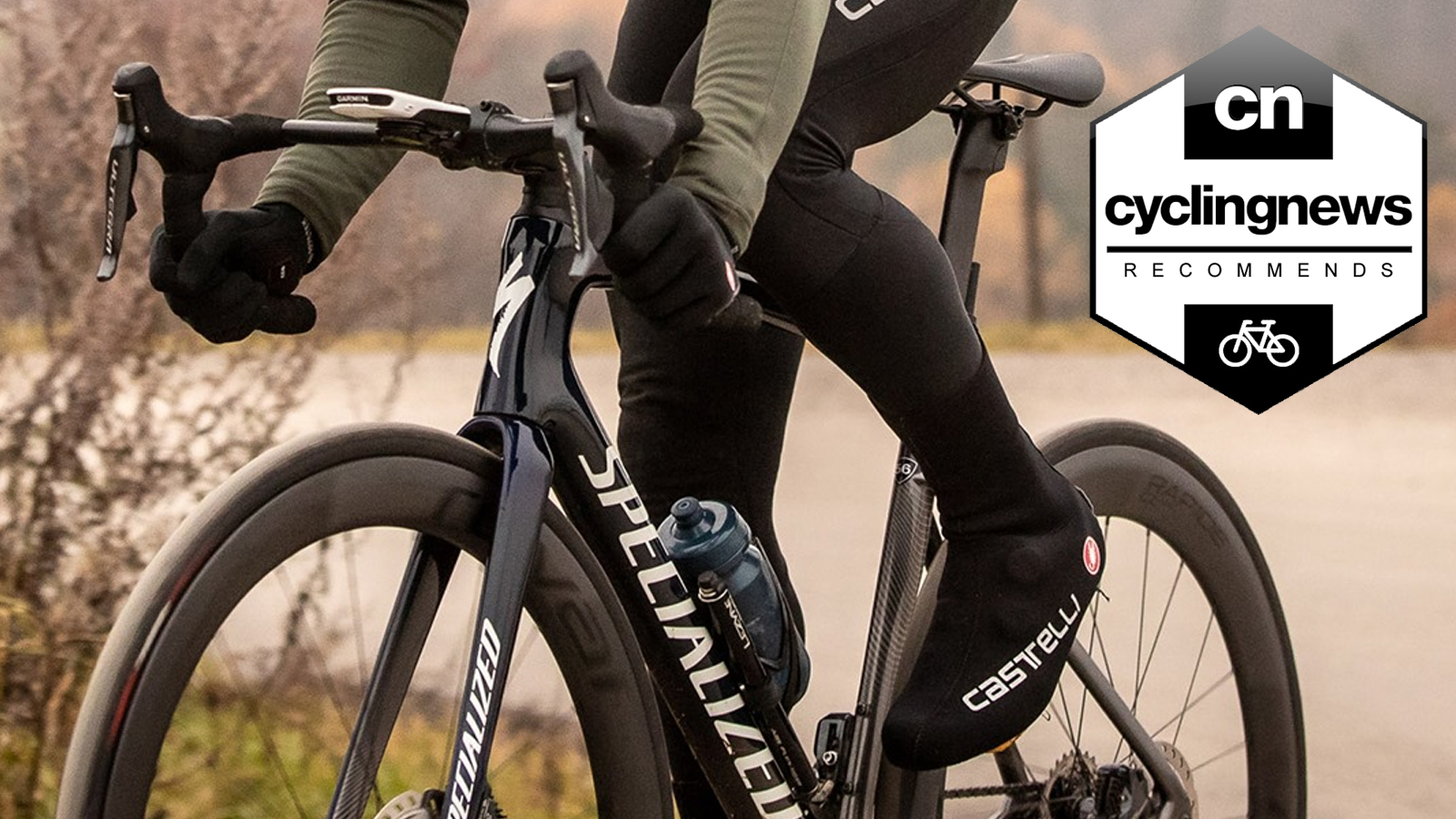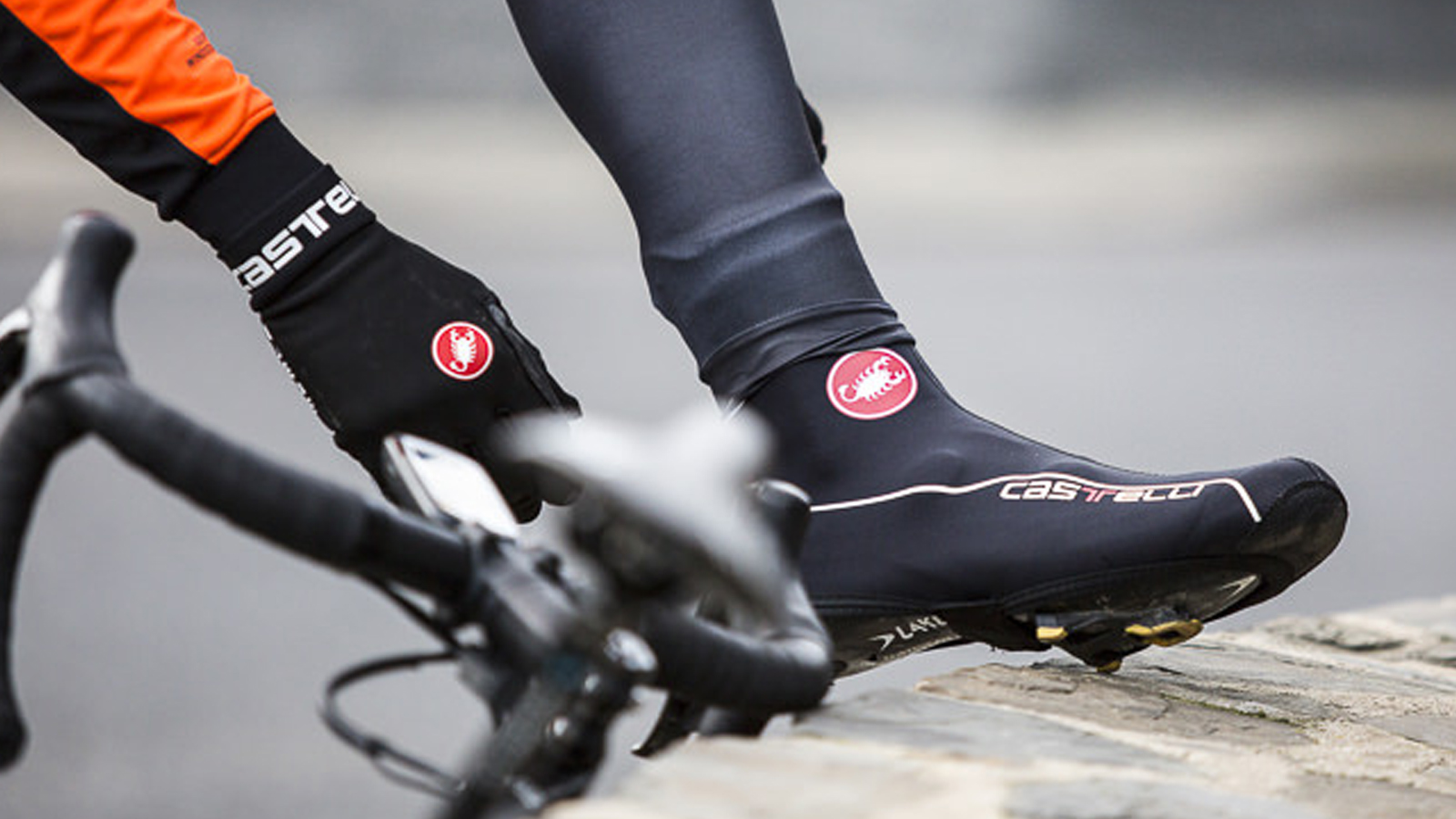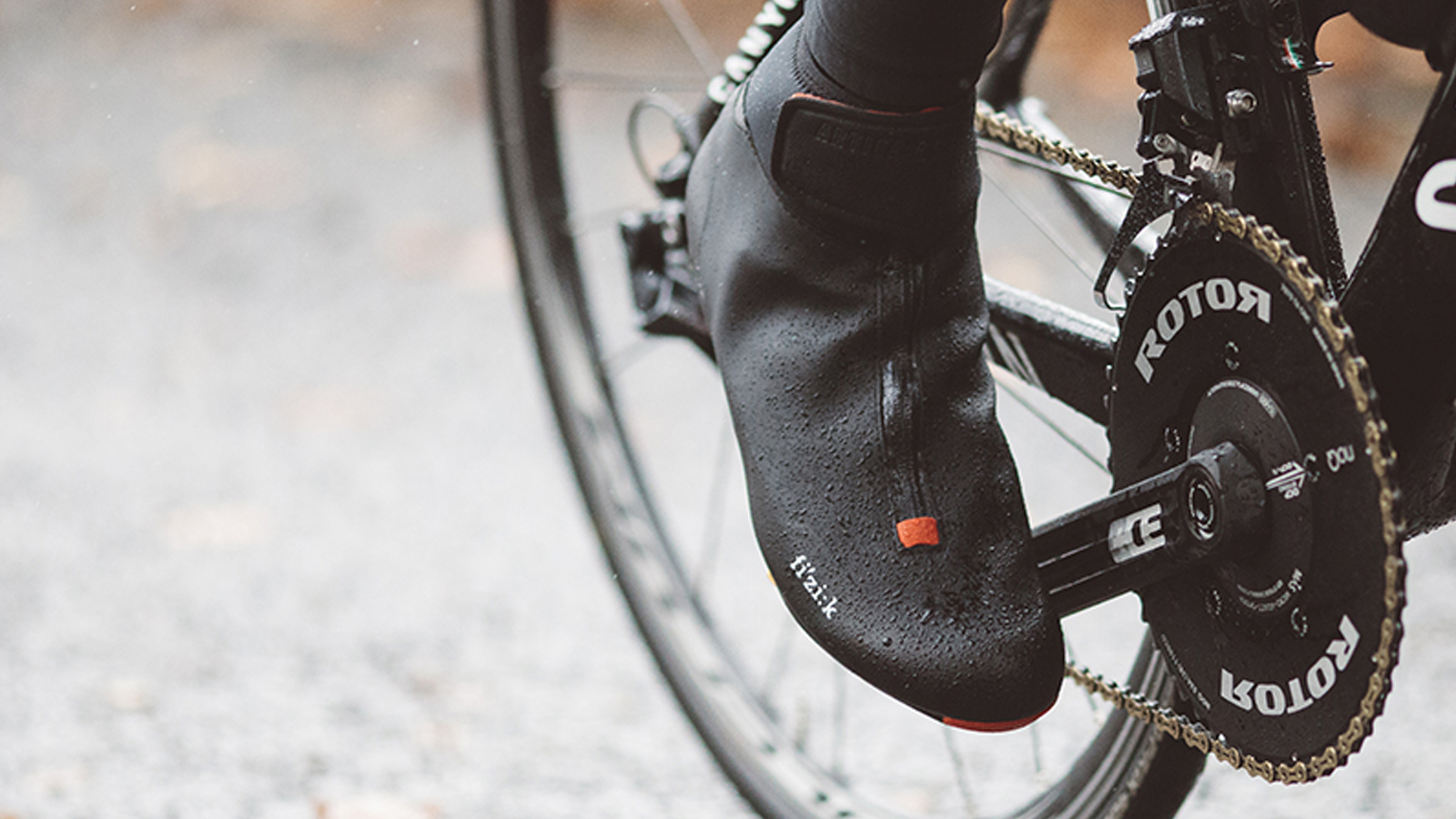Overshoes vs winter boots: which option is best for winter riding?
Getting cold feet about riding in winter? We have a look at the pros and cons of the two best options for keeping your toes warm on the bike

If you do any cold-weather riding the pain of cold fingers and toes are well known. While on a bike these poor extremities are greatly exposed to the elements and even if the rest of your body is toasty warm, cold digits can be painfully uncomfortable.
While the cold can be staved away from the hands by doubling up on gloves it isn’t as easy with feet, the fit of a cycling shoe is also very important and probably won’t accommodate the extra space needed for a cosy pair of socks. Toes get it particularly bad, not only are they at the receiving end of wind chill but are right in the firing line from road spray and puddles, soaking through and amplifying the chilling effect. Warming them back up is also a challenge, doubling down on the importance of keeping feet warm throughout a ride.
The two go-to options for riding in cold weather are either winter cycling shoes or a cycling overshoe, both have advantages but which is the best choice for you?
Overshoes

Overshoes are usually made from a waterproof or neoprene (the material used in wetsuits) and are a cover that fits over your summer best cycling shoe. They come in various thicknesses providing different levels of insulation and sometimes feature zips to assist fitting. The two main advantages of choosing an overshoe are you can use your current shoe and they are much cheaper than purchasing a winter-specific boot. Winter boots feature much thicker soles so the advantage of using the same shoes from summer means there are no adjustments to bike fit required between seasons. Overshoes are able to add an impressive amount of insulation to a regular pair of shoes, even a cheap pair of 3.5mm neoprene overshoes will happily keep toes warm in freezing temperatures but if you need something more robust than that, brands such as Spatz have some serious weather beating kit. If you do opt for neoprene, even if it has a water-resistant treatment, be aware that it won’t stop your shoes getting wet so if you hate post-ride wrinkly toes these aren’t for you.
There are a few notable disadvantages, starting with the fact that overshoes can be really annoying to put on and take off. This very much depends on the shoe and overshoe brand but they generally require some finessing to fit. Removal is equally tricky and unpleasant as they are usually covered in road crud. The second sticking point is they come in a universal fit, this means there is a hole in the bottom for the cleat and at the heel for the shoe tread, if they don’t line up well it can make clipping in more difficult and they usually become a bit ripped and tatty looking after a few walks around the cafe car park. The last disadvantage is the difficulty of adjusting your shoe mid-ride, once the overshoe is on there is no access to the boa’s or dials on your shoe if you need to re-adjust at any point.
Winter boots

Winter cycling shoes are the same as your regular cycling shoes except insulated, waterproofed and usually featuring an over-the-ankle shape or extended cuff for additional coverage. The soles aren’t usually as stiff as summer shoes but this is acceptable as winter riding is generally about base miles rather than high-wattage sprints or intervals. The main advantages are breathability and insulation. Dedicated winter cycling shoes will have a plethora of treatments and membranes for keeping the elements out while still allowing your feet to breath. After all, there is no point trying to keep the rain out if your feet just end up sweating loads.
The choice of winter cycling shoes isn’t as broad as regular cycling shoes plus some brands opt for a two-bolt SPD mountain bike cleat rather than the standard three-bolt found on most road shoes. As the two-bolt cleat design is recessed it makes walking much less treacherous and is easier to clip in if conditions are very dirty. You will need to swap pedals but basic Shimano SPD pedals can be bought very cheaply and your winter boots will also cross over to winter gravel or mountain bike rides as well.
Get The Leadout Newsletter
The latest race content, interviews, features, reviews and expert buying guides, direct to your inbox!
The best winter cycling shoes feature all the same riding tech as you'd find ion the best cycling shoes with added cold-weather protection usually from the likes of Gore-Tex, this means they aren’t cheap especially considering you will probably only wear them a couple of months of the year. They should last for a long time so if you do invest in a good pair, they could see you through many winters. Winter cycling shoes are also notorious for being difficult to dry out at the end of a ride, some brands are better than others but if you are a daily rider this is a very important consideration as there is nothing worse than slipping on a cold wet pair of shoes before a ride.
Verdict
Ultimately it all depends on the frequency and conditions you plan on riding. Overshoes are a great option if you are only occasionally battling the elements, looking for warmer feet on the daily commute or want a cheap solution to cold toes. The advantages of wearing the same shoes as summer means there is no fiddling with bike setup although you are paying the price in pre and post-ride convenience and will need to be replaced them more often. For most riders, a set of overshoes are going to be the best solution.
Proper winter boots are the answer for seriously cold-weather riders looking to clock up long freezing miles. Well-fitting and fully insulated but because the added insulation takes so long to dry, winter boots are generally better suited to cold dry conditions. Unfortunately, adding more features such as proper waterproofing to winter cycling shoes will be reflected in the price tag. If you see yourself battling the cold on rides for years to come, a dedicated winter cycling shoe is going to be worth the investment.
Graham has been part of the Cyclingnews team since January 2020. He has mountain biking at his core and can mostly be found bikepacking around Scotland or exploring the steep trails around the Tweed Valley. Not afraid of a challenge, Graham has gained a reputation for riding fixed gear bikes both too far and often in inappropriate places.